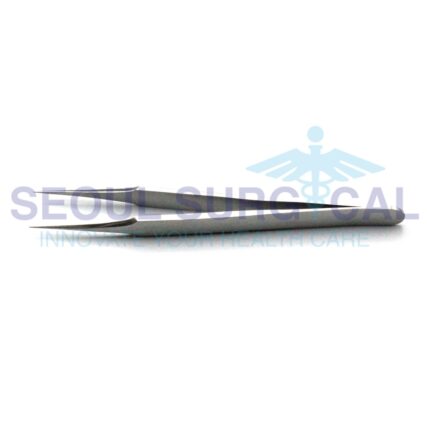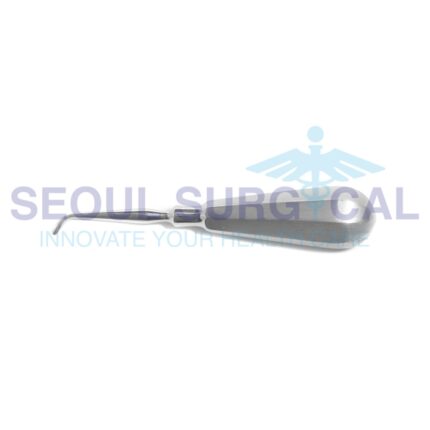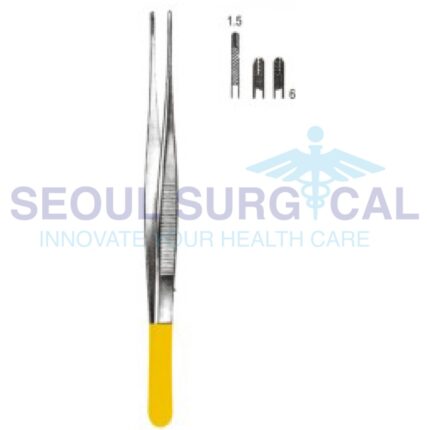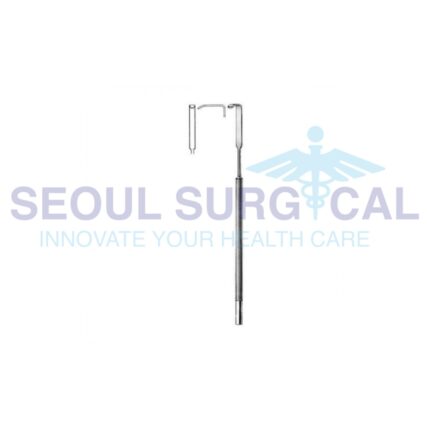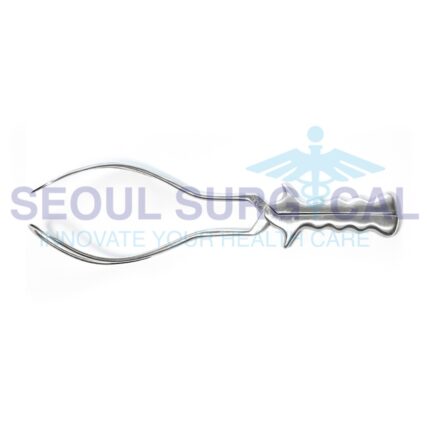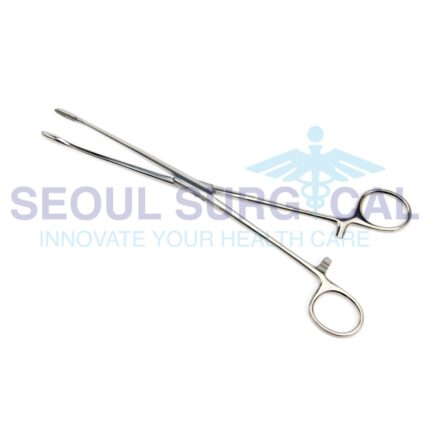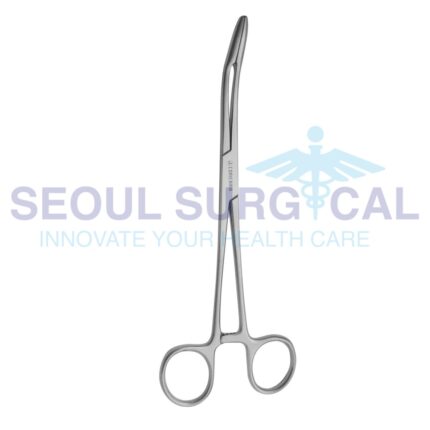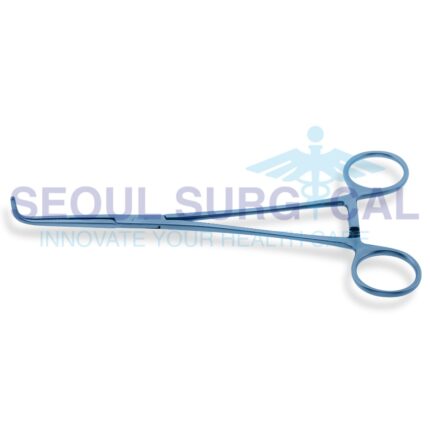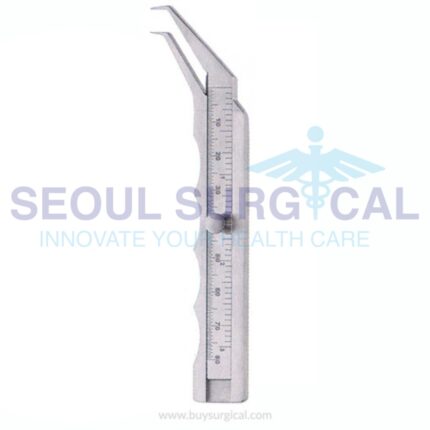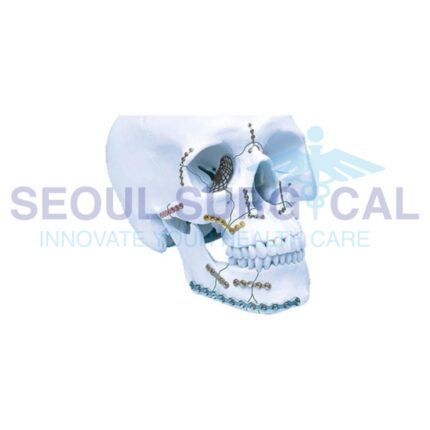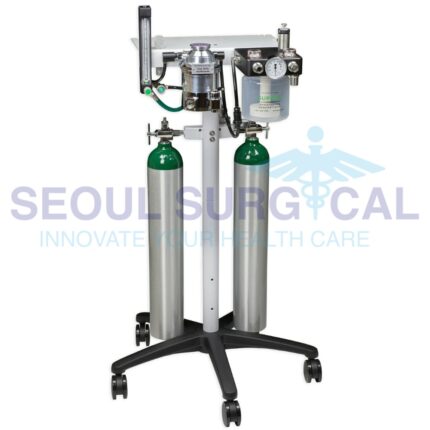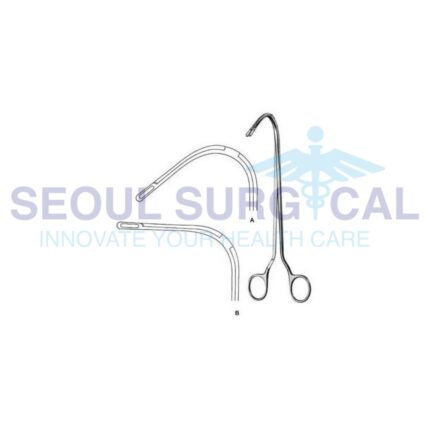Precision in Detail: A Guide to Jeweler Type Forceps in Fine Workmanship
Precision in Facial Reconstruction: Essential Tools for Oral Maxillofacial Surgery
Oral and maxillofacial surgeons work closely with other medical and dental professionals to provide comprehensive care for patients with complex oral and facial conditions. The field involves a combination of surgical expertise, dental knowledge, and a deep understanding of the intricate anatomy of the face and jaws. Patients may be referred to oral and maxillofacial surgeons by general dentists, orthodontists, or other healthcare providers when specialized surgical care is required.
Precision in Grasp: Navigating Surgical Excellence with Dissecting Forceps
The selection of dissecting forceps depends on the specific surgical or dissection task at hand, the size and type of tissues being manipulated, and the surgeon's preference. Dissecting forceps are typically made of high-quality surgical stainless steel and are subjected to sterilization processes before use in surgical procedures to maintain aseptic conditions.
Precision in Practice: Tonsillectomy and Laryngo Tools in Modern Surgery
Precision in Pregnancy: Navigating Obstetrics Instruments in Maternal Care
It's important to note that the use of these instruments requires expertise and is typically performed by trained obstetricians or healthcare professionals in a clinical or hospital setting. The selection of instruments depends on the specific needs of the patient and the circumstances of the childbirth process.
Precision in Procedure: The Essential Role of Hysterectomy Forceps in Surgery
It's important to note that the specific forceps used during a hysterectomy may vary based on the surgical approach (abdominal, vaginal, or laparoscopic) and the surgeon's preference. Each type of forceps serves a specific purpose in tissue manipulation, hemostasis, and organ removal during the procedure. Surgical instruments used in hysterectomy procedures are typically made of high-quality materials, such as surgical stainless steel, and are designed to withstand repeated sterilization.
Precision in Wound Care: Navigating the World of Dressing Instruments
Precision Instruments: Essential Surgical Forceps for Various Medical Specialties
Precision Measurement: A Guide to Surgical Calipers in Medical Practice
Surgical calipers are made from materials such as stainless steel to ensure durability and sterility. They play a crucial role in achieving accuracy and precision during surgical procedures, contributing to successful outcomes and patient safety. The specific type of caliper used depends on the surgical specialty and the nature of the measurements required.
Precision Reconstruction: A Guide to Cranio Maxillofacial Surgery
Cranio-maxillofacial surgery is a multidisciplinary field that often involves collaboration between cranio-maxillofacial surgeons, plastic surgeons, oral and maxillofacial surgeons, neurosurgeons, and other specialists. The goal is to improve both the functional and aesthetic aspects of the craniofacial region. Surgical planning is typically based on thorough diagnostic assessments, including imaging studies such as CT scans and 3D facial analysis.
Precision Sedation: A Closer Look at Modern Anesthesia Equipment and Techniques
Anesthesia equipment is carefully maintained and calibrated to ensure the safety and well-being of patients undergoing surgery or medical procedures. Anesthesia providers, including anesthesiologists and nurse anesthetists, are trained to use these instruments effectively and monitor patients closely throughout the perioperative period.
Precision Tools: Exploring the Latest Innovations in Urological Instruments
These instruments play a crucial role in the diagnosis and treatment of urological conditions, including kidney stones, prostate issues, bladder disorders, and male reproductive health. The selection of instruments depends on the specific procedure, patient condition, and the urologist's preferences. Advances in technology continue to contribute to the development of innovative and minimally invasive urology procedures.

